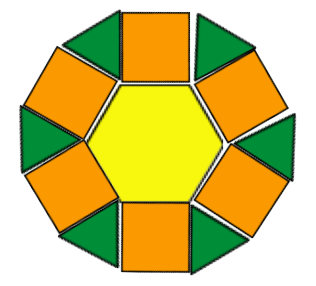Hello!
After a hard-working stretch of summer workshops, followed by some vacationing, I'm back in your inbox.
In July, I attended Twitter Math Camp: professional development for teachers, by teachers. A wonderful collaborative scene, and for many participants a unique opportunity to meet like-minded colleagues. I'll try to go every summer!
But fall is upon us. I hope your school year is off to a good start and that you'll find something of interest in this newsletter.

Blog Posts
Here are links to posts on my Math Education Blog that you might find interesting.
If you are so moved, please comment on the posts, and/or subscribe to the blog.
Math in the Long Period
For those of you who have just started working in so-called block schedules, I share some thoughts on how this impacts the teaching of math. In my 32 years as a high school math teacher, I have taught in periods ranging from 70 minutes to 135 minutes. The long period made me a better teacher: it forced me to bring more variety to my class, including the use of manipulative and technological learning tools and frequent changes of modalities: group work, class discussion, and so on.
I had written about the long period on my Web site. In addition, I answer some frequently asked questions about block schedules, and make some very specific suggestions in this new post. Even if you have been teaching in blocks for a long time, you might find something useful there.
A Defense of Eclecticism
Administrators, consultants, and academics all want to help teachers teach, without being teachers themselves. Thus, when they discover what seems like the greatest way to teach, they want to promote it. This can lead to professional development sessions about this amazing new solution, and of course to a fair amount of skepticism among teachers. Truth be told, the claims made for the various edu-fads are absurd in their assertions of universality, and tonedeaf in their one-size-fits-all implementation schemes. Still, many contain an element of truth. Teachers who choose to stay in the classroom do not have the luxury to believe in panaceas, but neither should we close ourselves to new ideas. I discuss all this, and propose an eclectic mindset here. This was, by far, the most popular of my recent posts.
Math Education Research
In my defense of eclecticism, I implied that all math education research is flawed. That was wrong, and I tried to set the record straight in the following post. The fact is that the researchers' beliefs and assumptions frame their research, which explains why it is possible to find "evidence" for almost any educational stance, and for its opposite. While most of us don't have the time or motivation to wade through the papers and dissect them, we have a lot to learn from the researchers who share our values. In the post, I link to the work of several academics I admire.
MathEducation.page
New or improved on my Web site.
Tiling Home Page
I have long incorporated tessellation challenges in my teaching and writing. The activities range from supporting central curricular topics to offering enrichment opportunities. All of them are engaging. You can now find links to all of this good stuff on this new launch page.
See also a blog post about a tessellation workshop at Twitter Math Camp.
The Big Dodecagon
A classic activity is to create a 1-inch-side regular dodecagon with pattern blocks, as in this example:

In Geometry Labs (5.6,) I make this part of an exploration of symmetry.
In a new Web page, I discuss some of the underlying mathematics, and present a beautiful extension: an investigation of "the big dodecagon".


But wait! There's more!
This blog post contains links to various additions, tweaks, and improvements on my site, including a wonderful Shrinky Dinks activity by the extraordinary Rachel Chou.
Also: I've made it a little easier to find (some) things on the site, by increasing the number of front page links. Among the launch pages I added: Algebra: Themes, Tools, Concepts, and Transformational Geometry. Go visit!